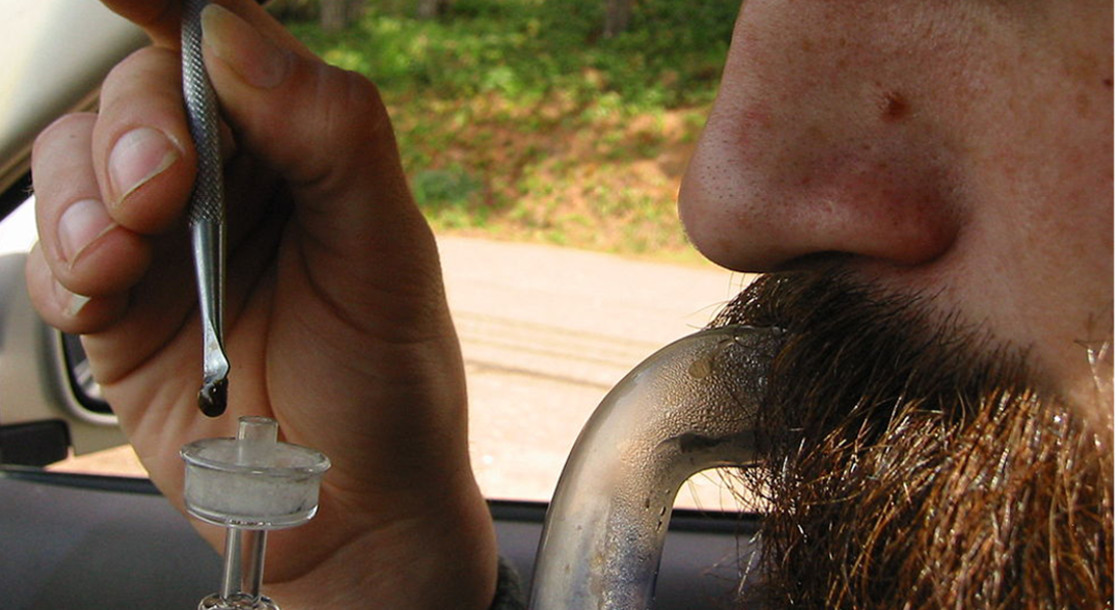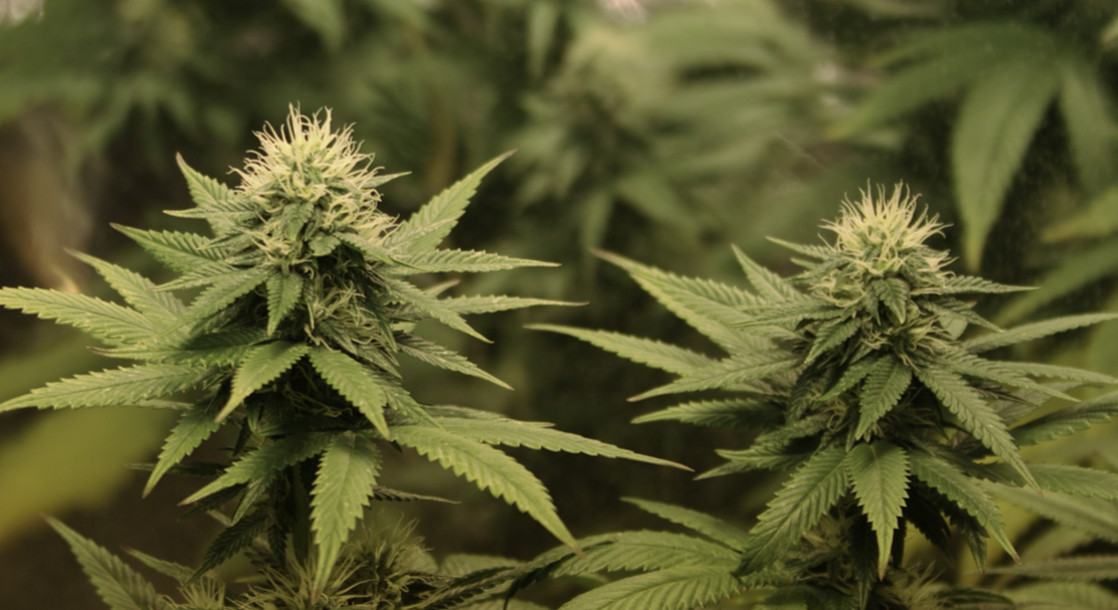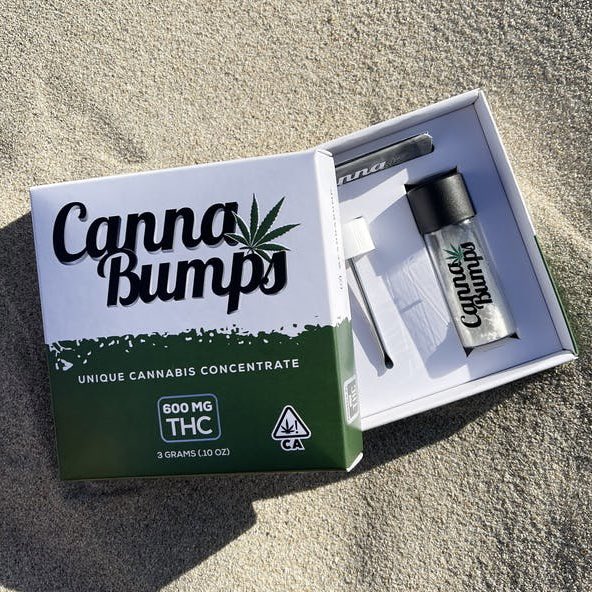A new research study published in the American Chemical Society's ACS Omega journal has found evidence that dabbing may expose users to higher levels of carcinogenic toxins than other forms of cannabis consumption. Dabbing has increased in popularity over the past several years, and is commonly deemed safe because the user is consuming vapor, not smoke. Concerned about the lack of research on this new form of cannabis consumption, Portland State University researchers Robert M. Strongin, Jiries Meehan-Atrash, and Wentai Luo set out to discover the potential risks of dabbing.
The researchers analyzed the vapors produced by heating popular cannabis concentrates on a dab rig, and found high levels of methacrolein, a “noxious irritant,” as well as the known carcinogen benzene. “The results of these studies clearly indicate that dabbing, although considered a form of vaporization, may, in fact, deliver significant amounts of [toxins],” the study reports. “The difficulty users find in controlling the nail temperature put[s] users at risk of exposing themselves to not only methacrolein but also benzene."
The analysis of the vapors also found that the higher the heat, the more toxic chemicals were being produced. Some dabbers use temperature-controlled e-nails to heat their concentrates, but others use crème brulee torches which do not allow the user to accurately control the temperature. “The heavy focus on terpenes as additives seen as of late in the cannabis industry is of great concern due to the oxidative liability of these compounds when heated,” the researchers wrote.
The researchers note that this study is only “an initial effort toward assessing the safety of dabbing cannabis extracts,” and that more research will need to be conducted to form a consensus on the potential health risks of dabbing. "Given the widespread legalization of marijuana in the U.S., it is imperative to study the full toxicology of its consumption to guide future policy," the researchers concluded.











